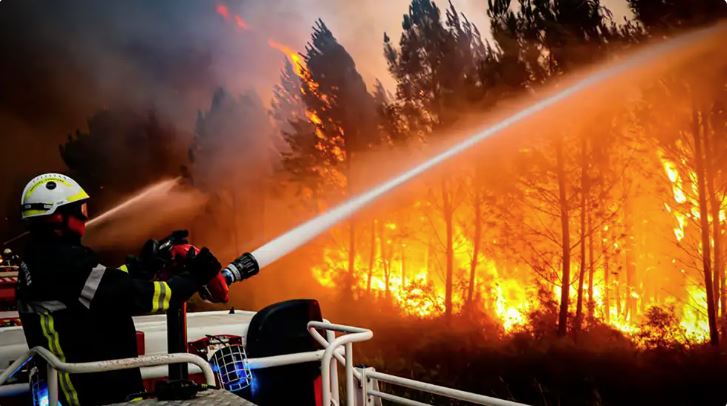
Matthew 24:7 For nation will rise against nation, and kingdom against kingdom, and there will be famines and earthquakes in various places.
Important Takeaways:
- The Valley of the Sun has seen temperatures of 110 degrees or above for nearly a month now, and AccuWeather forecasters now say this could make it the most intense heat wave the city has experienced since records began.
- The Valley of the Sun has sweltered under temperatures of 110 degrees Fahrenheit or higher for 24 consecutive days and counting. The old record streak of 18 days at or above a high temperature of 110 degrees, set in 1974,
- On the hottest day of that stretch, the mercury reached 118 degrees Fahrenheit on July 27. The lowest high temperature of the stretch came a day later when the mercury “only” hit 109 degrees
- Heat is the number one weather-related cause of death in the U.S., outpacing tornadoes, floods and even hurricanes.
Read the original article by clicking here.











